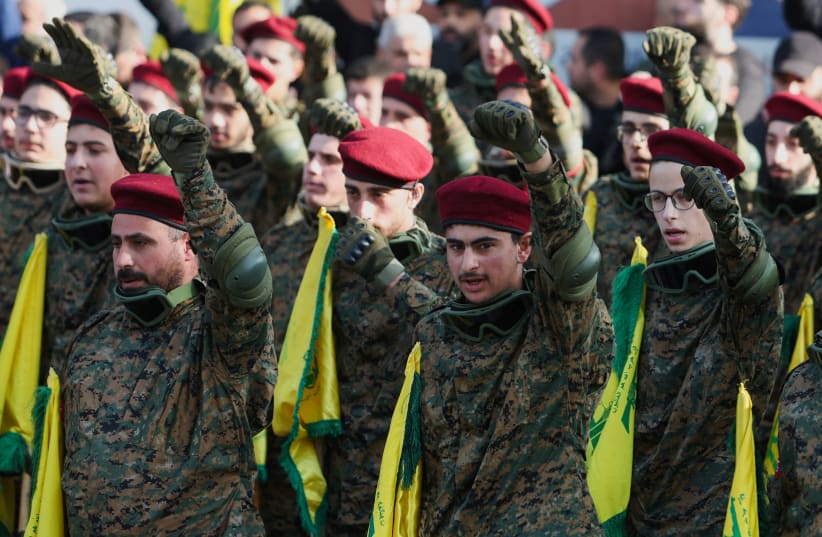The Radwan Force made headlines again on Friday when its chief, Ibrahim Aqil, was reportedly killed in an IDF airstrike in Beirut. The targeted strike hit a meeting in the southern suburbs of the Lebanese capital, an area known for its strong Hezbollah presence.
Aqil, a key figure within the Radwan Force and head of Hezbollah operations, was central to the group’s strategic planning and military activities against Israel. This latest strike marks a significant blow to Hezbollah's leadership and underscores the ongoing confrontation between Israel and Hezbollah's elite forces.
The attack is part of Israel’s broader strategy to disrupt Hezbollah’s command structure and degrade its operational capabilities, particularly those of elite units like the Radwan Force. Israeli officials have warned of potential retaliatory actions from Hezbollah as tensions remain high along the northern border following the strike.
Formation and purpose
Hezbollah’s elite Radwan Force plays a key role in the group’s military strategy, serving as the spearhead of its operations within Lebanon and beyond. Named after the nom de guerre of Imad Mughniyeh, a former military commander killed in 2008, the Radwan Force is considered Hezbollah’s most elite unit, tasked with special operations and positioned at the forefront of the organization's military engagements.
Formed after the 2006 Second Lebanon War, the Radwan Force was created to bolster Hezbollah’s offensive capabilities. It was part of the group's effort to professionalize its military wing and develop specialized units for complex missions against Israeli forces and other adversaries.
The unit’s primary function is ground warfare, including high-risk missions such as infiltrating Israeli territory, seizing strategic positions, and executing targeted strikes. Unlike Hezbollah’s conventional forces, which focus on defensive operations and territorial control in southern Lebanon, the Radwan Force is trained for offensive maneuvers, including urban warfare, ambushes, and raids.
Structure and training
The Radwan Force operates under the direct command of Hezbollah’s military leadership and is composed of highly trained fighters selected for their skills, loyalty, and combat experience. Training for Radwan Force members is rigorous and includes specialized instruction in guerrilla warfare, explosives, and marksmanship. Fighters are often sent to Iran for advanced training with the Islamic Revolutionary Guard Corps (IRGC), reflecting close military ties between Hezbollah and Tehran.
The force is equipped with advanced weaponry, including anti-tank missiles, drones, and sniper rifles, making it a formidable opponent. Over the years, the unit has been involved in numerous skirmishes along the Israeli-Lebanese border and has played a pivotal role in Hezbollah’s military operations in Syria, fighting alongside Syrian government forces.
Operations and impact
The Radwan Force has been implicated in several high-profile operations, including cross-border infiltrations and attacks on Israeli positions. Its fighters are known for their discipline and combat effectiveness, distinguishing them from regular Hezbollah forces. The unit’s activities are closely monitored by the IDF, which considers the Radwan Force a significant threat due to its offensive capabilities and potential for surprise attacks.
Recently, the force has been tasked with bolstering Hezbollah’s presence in southern Syria as part of Iran’s broader strategy to establish a military foothold near the Israeli border. This deployment has raised concerns in Israel, which views the Radwan Force’s expansion into Syria as a direct threat to its security and a potential precursor to future confrontations.
Strategic significance
The Radwan Force is central to Hezbollah’s military doctrine, which emphasizes asymmetric warfare against a technologically superior adversary like Israel. The unit’s ability to conduct precise, high-stakes missions enhances Hezbollah’s deterrence and strengthens its position in Lebanon’s complex political landscape. Additionally, the force’s involvement in Syria has expanded Hezbollah’s operational experience and further solidified its alliance with Iran.

